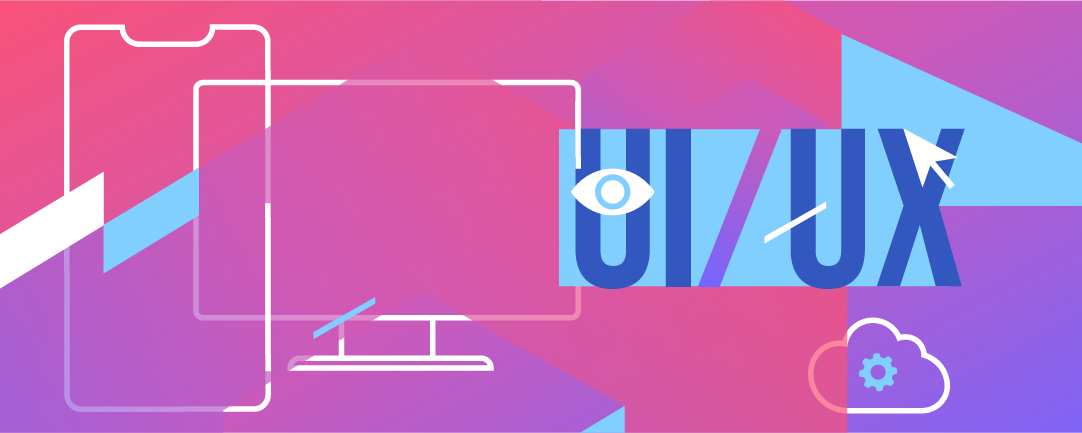Internet of Things (IoT) - Changing the Business Perspective

The world is changing, we are encircled by multiple devices that are interconnected with one another. The most common examples include smartwatches, thermostats, home security systems, and the list goes on. These devices aid our daily life by facilitating convenience and automating mundane tasks. In a business structure, IoT has proven to be beneficial in providing insights into the customer’s buying pattern which leads to better decision making. The global market for the Internet of Things (IoT) is estimated to grow from $478.36 billion in 2022 to $2465.26 billion by 2029. Thus, IoT is one of the most significant investment areas for businesses today as it not only helps them improve their performance but also increases their profit margins substantially in return for a small investment at first.
What is Internet of Things (IoT)?
IoT can be defined as a distributed network of sensors, connected devices, and databases that are used for collecting data about human beings and things around them.
The term 'Internet of Things was first coined by Kevin Ashton in 1999 at MIT Media Lab, who later found the Auto-ID Center at MIT before joining Procter & Gamble where he developed RFID tags for tracking supply chains. Then, in 2005, Brad Templeton proposed the idea of using mobile phones as location identifiers through his work on the Open Location Code Project (OLC). Later in 2006 AT&T Labs Research coined the term "Internet of Things" .
Impact of IoT on the business world
IoT has the power to change business forever by giving companies access to data about their customers' preferences, habits, and buying behavior that was never available before due to the cost or lack of infrastructure required for collecting this information (e.g., sensors). This data will allow them not only to understand how consumers behave at present but also to predict their behavior in the future based on their past history using AI algorithms (machine learning) as inputs into predictive models which then recommend actions they might need to take in order thrive in this changing environment where competition between companies will increase exponentially.
How to use IoT for your business
Here are key takeaways in which you can use IoT to create new value and revenue streams:
Create customer value
One of the most obvious ways of using IoT is simply by creating more value for your customers. For example, an insurance company could use sensor data from its customer’s cars to determine whether they are taking safe driving practices or not. Similarly, a retailer could offer discounts on certain products if people keep on checking the product without an actual buying action.
To improve operational efficiency
Many companies are using the IoT to monitor the equipment that requires constant maintenance or monitoring. For example, an oil company could use sensors placed on its machinery that sends alerts if there is any problem with the machine so that it can be repaired before any damage occurs. This saves both time and money since the company doesn’t waste time checking up on machines while they are working properly but rather only when there is an issue with their performance.
To predict behavior
The Internet of Things enables businesses to gather information on their customer’s habits which helps them understand how people behave in certain situations. The predictive behavior helps to optimize the operational efficiency and prevent any halt in the process.
Conclusion
IoT is definitely a game-changer, once organizations begin applying it, they will see improvements in every aspect of their business. The only thing left to do now is to decide whether they want to be the one that creates and takes advantage of these opportunities.
Blogs

Digital Transformation - An Inevitable Step for Business Growth
Before getting into “The necessity of digital transformation”, let’s look into the real meaning of digital transformation.

Role of Data Analytics in your Business Decision Making
Data Analytics is more than a buzzword in today’s world. It has become the integral part of business and the workforce.

Significance of Digital Solutions and Technology in Healthcare
The Integration of technology and healthcare has brought assertive improvements in the quality of overall services.

Advantages of Faster Go-To-Market Strategy
New ideas can capture the market's attention in less span of time, and the truth is, in a digital world it is always better to be an industry leader than a follower.
